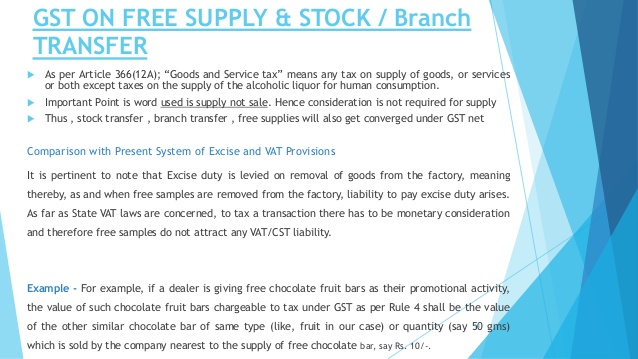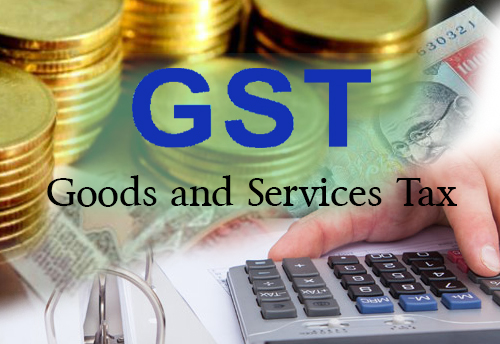Complete Guide for GST Registration Process- how to enroll, documents required etc explained

Who Needs to register for GST, How to Register; Registration Process and how to sign GST Documents electronically

As the government inches closer towards implementing one nation one-tax regime, Goods and Services Tax act, by finalizing the tax slabs, businesses also need to equip themselves for the new tax system.
Why Make Transition to the GST
Businesses need to make a transition from the current tax system to the new tax regime GST by providing the necessary information on the GTS portal. Transition to the GST will help businesses gain legal status, helps trade inter-state, transfer the tax burden to the end user, use input credits to setoff burden off double taxation.
Who Should Register on the GST Portal
According to the provisions laid out in Chapter 5, section 16 of the Goods and Service Tax act stipulates that every business has to register themselves for GST within 30days of become due for GST registration. The team responsible for maintaining GST information Network announced that new registrations would begin in sometime. Existing business that currently pay taxes under
Central excise
Service Tax
VAT / State Sales Tax
Entry Tax
Luxury Tax
All those who are already paying such taxes will be able to access GST portal from November 8, 2016 and can validate the existing information by provide further information in some key fields. The state tax officer will provide login IDs such as user names and passwords, to the existing businesses, so they can login to the GST portal and provide the necessary information.
GST Registration Process
Once you receive your login credentials, you need to visit the GST common portal at www.GST.gov.in and create a user id and password of your choice.
Once you have created login ID yourself, login to the GST common portal at www.GST.gov.in using the new credentials.
Complete the enrollment application by providing your business information.
Review the information the system populates once you have entered all the required information
Sign the form electronically, after verifying all the information and satisfied that the information is correct.
Finally, submit the form electronically with necessary documents attached.
Once you submit the details electronically, the state VAT will verify all the information.
How to sign the form electronically?
Well, many traders may not know how to sign the form electronically. You have two options to sign the form electronically. E-sign the form or use a Digital Signature Certificate (DSC) to sign the form electronically.
The Aadhaar card details of the authorized signatory should be provided under the Authorized signatory tab of the enrolment form.
Documents required for Registration
Businesses also need to submit some mandatory forms for successful registration on GST common portal at www.GST.gov.in
Proof of establishing the business – Deed of Partnership for partnership firms, and for other business a registration certificate.
Proof of the place or location of the business
Proof of Appointment of Authorized signatory
Photo of promoter, HUF, Karth, partners, authorized signatory
Business Bank Details including Bank account number – Opening page of bank passbook or account statement that shows account number, Branch Address, address of account holder, transaction details.
Also read- GST Composition Scheme


 Sales Tax For E-Commerce: 3 Things Small Businesses Should Know
Sales Tax For E-Commerce: 3 Things Small Businesses Should Know  What Is The GST Liability on Free Supply of Goods and Services?
What Is The GST Liability on Free Supply of Goods and Services?  Some FAQs about GST- Understanding Scope and Provisions of GST
Some FAQs about GST- Understanding Scope and Provisions of GST  Understanding the Reverse Charge mechanism under GST and IGST?
Understanding the Reverse Charge mechanism under GST and IGST?  Pros and Cons of GST- Is Ushering in of GST worth Celebrating as media wants us to believe?
Pros and Cons of GST- Is Ushering in of GST worth Celebrating as media wants us to believe?  Arrests and Detention Provisions under GST in Detail- Are these justified
Arrests and Detention Provisions under GST in Detail- Are these justified  ITAT Amritsar: No Section 269SS Violation for One-Time Cash Payment Before Sub-Registrar
ITAT Amritsar: No Section 269SS Violation for One-Time Cash Payment Before Sub-Registrar  Tax Officials Unleash Digital Dragnet: How New Raid Powers Redefine Privacy, Property Rights in India and likely to Fuel Corruption
Tax Officials Unleash Digital Dragnet: How New Raid Powers Redefine Privacy, Property Rights in India and likely to Fuel Corruption  Income Tax Department Rewards for Reporting Tax Evasion: A Comprehensive Guide
Income Tax Department Rewards for Reporting Tax Evasion: A Comprehensive Guide  Forfeiture of Gratuity by Employer- What are the Remedies for an employee- Can employer be challenged?
Forfeiture of Gratuity by Employer- What are the Remedies for an employee- Can employer be challenged?